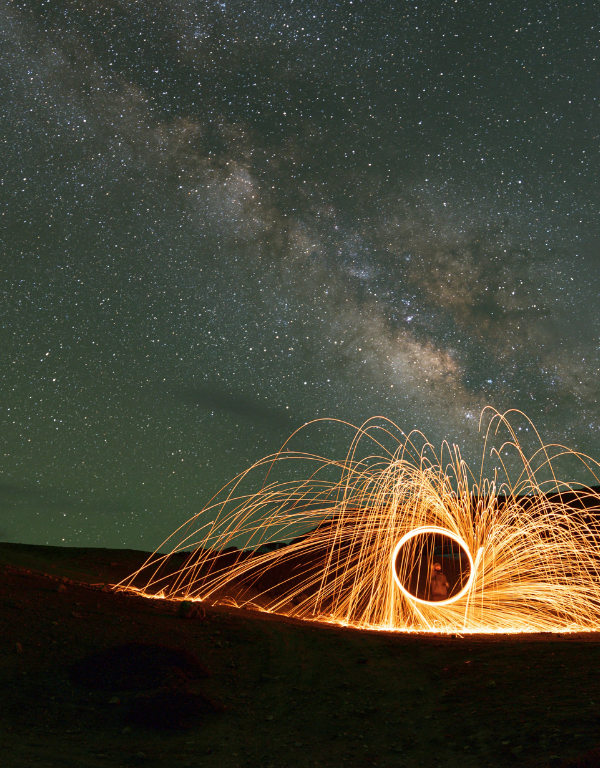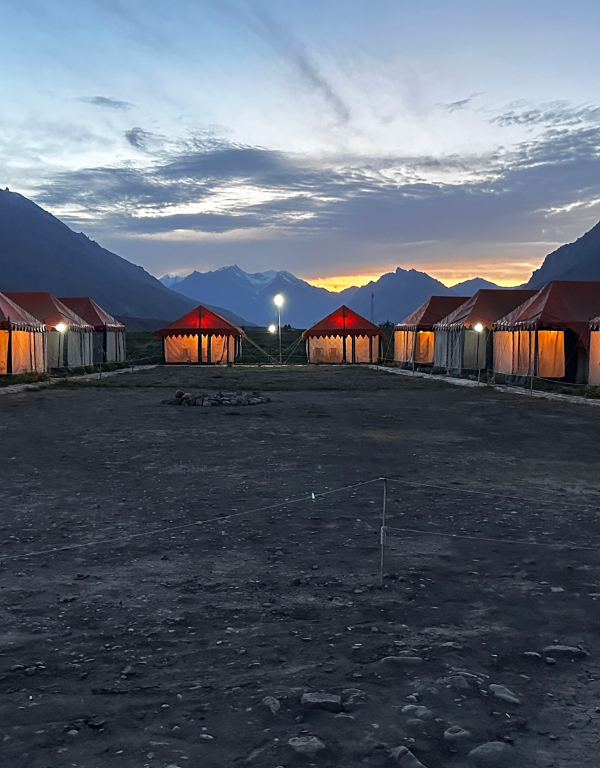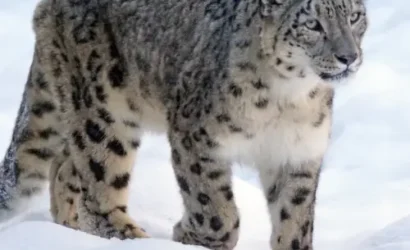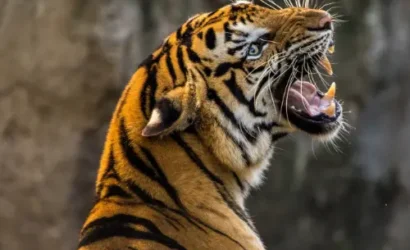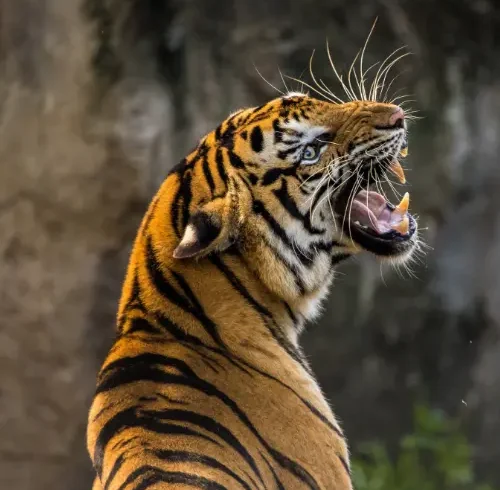Kibber is the one of the remote villages of Lahaul and Spiti district of Himachal Pradesh state of India. Being the remote location, the living conditions are not conducive especially during winters. At the same time, winters are seasons when maximum tourists pour into this part of India for having a glimpse of an elusive animal, called Snow Leopard. As it remains snow clades most of the times during winters, the landscapes are stunning.
Snow leopard:
Known throughout the world for its beautiful fur and elusive behaviour, the endangered snow leopard is found in the rugged mountains of Central Asia. Snow leopards are perfectly adapted to the cold, barren landscapes of their high-altitude home, but human threat have created an uncertain future for the cats.
Spiti Valley Snow Leopard Expedition
Spiti Valley Snow Leopard Expedition-Truly life’ unique experience
Package: Chandigarh to Chandigarh, 10days.
Detailed Itinerary for Snow Leopard Tour in Spiti Valley
The road trip starts at around 10:00 a.m. from Chandigarh by hired or own vehicle, preferably FOUR wheeled driven and Day-1 halt is at Rampur, which is 234 kilometres from Chandigarh railway station and takes nearly 7 hours. So one can comfortably reach Rampur by 5:00 p.m. After arrival at Rampur, check into one of the many hotels available. Rampur is in the valley and by the side of the Sutlej River. The Rampur is at an altitude of 1,221 meters. Though most of the road stretches are hilly yet they are pretty comfortable for driving.
The journey starts at 9:00 a.m. after breakfast. Today's destination is the beautiful place called Kaza which is in the Lahaul Spiti district of Himachal Pradesh. Enroute, you come across numerous and mesmerizing landscapes of Lahaul Spiti. It takes nearly 8 hours to reach Kaza from Rampur. You travel a road distance of nearly 293 kilometers. This stretch is also very beautiful, scenic, and amazing with stunning landsapes. It gets nearly 5:00 p.m. in the evening when you reach to Kaza.
The altitude of Kaza is 3,650 meters. Enroute you comes across to amazing places like Kalpa, Nako monastery, and Dhankar monastery, all offering stunning scenery and unique cultural experiences in the Spiti Valley. Today, you gain an altitude of more than 2,500 meters and get acclimatized while being on the road journey and also during the overnight stay at Kaza. Kaza, the largest township and commercial centre of the Spiti Valley, is situated on the bank of the Spiti River. You can check into one of the many hotels and homestays available in the town.
Onward journey to your final destination, Kibber starts at 9:00 a.m. after breakfast. Kibber is a villages of about 100 plus homes, many of which are run as homestays and nestled at an altitude of 4,270 meters. Kibber is 19 kilometers away from Kaza, and it takes around 40 minutes drive to Kibber. On the way to Kibber, there is a famous monastery called Key Monastery. The monastery is known for its ancient murals, rare thankas, and ancient weapons. The images of Gautam Buddha in “Dhyana” i.e. meditation position, are a must-see. Kibber, also called Kibber Khas is a village, high in the Spiti Valley in the Himalayas at 4,270 meters (14,010 feet) in Himachal Pradesh, northern India, and is the base for visiting the Kibber Wildlife Sanctuary.
Kibber is famous for sightings of an elusive animal called the Snow Leopard in the Kibber Wildlife Sanctuary. Wildlife adventure lovers and tourists from around the world pour-in in great numbers to Kibber, especially in the winter, which starts from December to March. During this period, Kibber is snow-clad, presenting a mesmerizing and stunning view of the landscapes. It is advisable to stay at Kibber for at least four days to have close encounters with snow leopards and other wildlife.
As temperatures drop below minus 10 degrees celsius during the night and daytime, proper warm clothings, pair of gloves, woollen capes, sunglasses and good hiking boots are a must for negotiating harsh weather of Kibber adventure journey.
Weather during winters is extremely cold. The temperature dips into minus degrees and goes lower than 10 degree celcious. For snow leopard tracking, the experts locators, called “scanners” leaves for tracking the snow leopard early in the morning. They subsequently intimate back about the movements of the snow leopard. After this the visitors, who mostly are the wildlife enthusiasts, leaves with their camera gears along with their supporting staff, which includes porters who carry the visitor’s luggage, food items for lunch, folding chairs and tables and the guide leaves for the designated location.The site and the atmosphere is extremely thrilling as the whole team is about to have the glimpses of the elusive animal.
Sometimes it snows very heavily for more than three to four feet. Under such conditions venturing for snow leopard expedition get difficult as walking on the snow is not comfortable. Apart from snow leopard spotting the visitors also have chances to sight Ibexes, Red Fox, Woolly Hare and other animals who lives in such cold deserts. Apart from this there are variety of rare birds like Lammergear or bearded vulture, Golden eagles and rare smalls birds are visible in such harsh and cold weatherWeather during winters is extremely cold. The temperature dips into minus degrees and goes lower than 10 degree celcious.
For snow leopard tracking, the experts locators, called “scanners” leaves for tracking the snow leopard early in the morning. They subsequently intimate back about the movements of the snow leopard. After this the visitors, who mostly are the wildlife enthusiasts, leaves with their camera gears along with their supporting staff, which includes porters who carry the visitor’s luggage, food items for lunch, folding chairs and tables and the guide leaves for the designated location.The site and the atmosphere is extremely thrilling as the whole team is about to have the glimpses of the elusive animal. Sometimes it snows very heavily for more than three to four feet. Under such conditions venturing for snow leopard expedition get difficult as walking on the snow is not comfortable.
Apart from snow leopard spotting the visitors also have chances to sight Ibexes, Red Fox, Woolly Hare and other animals who lives in such cold deserts. Apart from this there are variety of rare birds like Lammergear or bearded vulture, Golden eagles and rare smalls birds are visible in such harsh and cold weather
It is now returning time from Kibber with lots of sweet memories. Start early at 8:00 a.m. after breakfast and halt at Rampur for the night. The journey is around 312 kilometers and takes 8 hours driving time from Kibber.
After breakfast at 9:00 a.m., start for the final lap of the trip to Chandigarh, which is 232 kilometers from Rampur and takes 6 hours to reach. Finally you depart to final destination as per the journey planned by you.
Inclusions
Inclusions
- Transportation: Transport charges of designated places.
- Meals: All meals during the trip shallbe included in the itinerary.
- Accommodations: Accommodations are included in the package.
- Permits and entrances: Access to permits and entrances shall be included.
- Services: Services of a naturalist/guides experts shall be included
Exclusions
- Airfare: Airfare shall not be included
- Personal expenses: Personal expenses like laundry, tips, and camera fees shall not be included.
- Medical expenses: Medical expenses shall not be included
- Transportation: Transportation charges up designated location shall not be included.
- Drinks: Mineral water or cold drinks during the journey shall not be included.
- Any charges arising on account of emergency shall be borne by the guest.
- GST: Goods and services tax shall apply.



